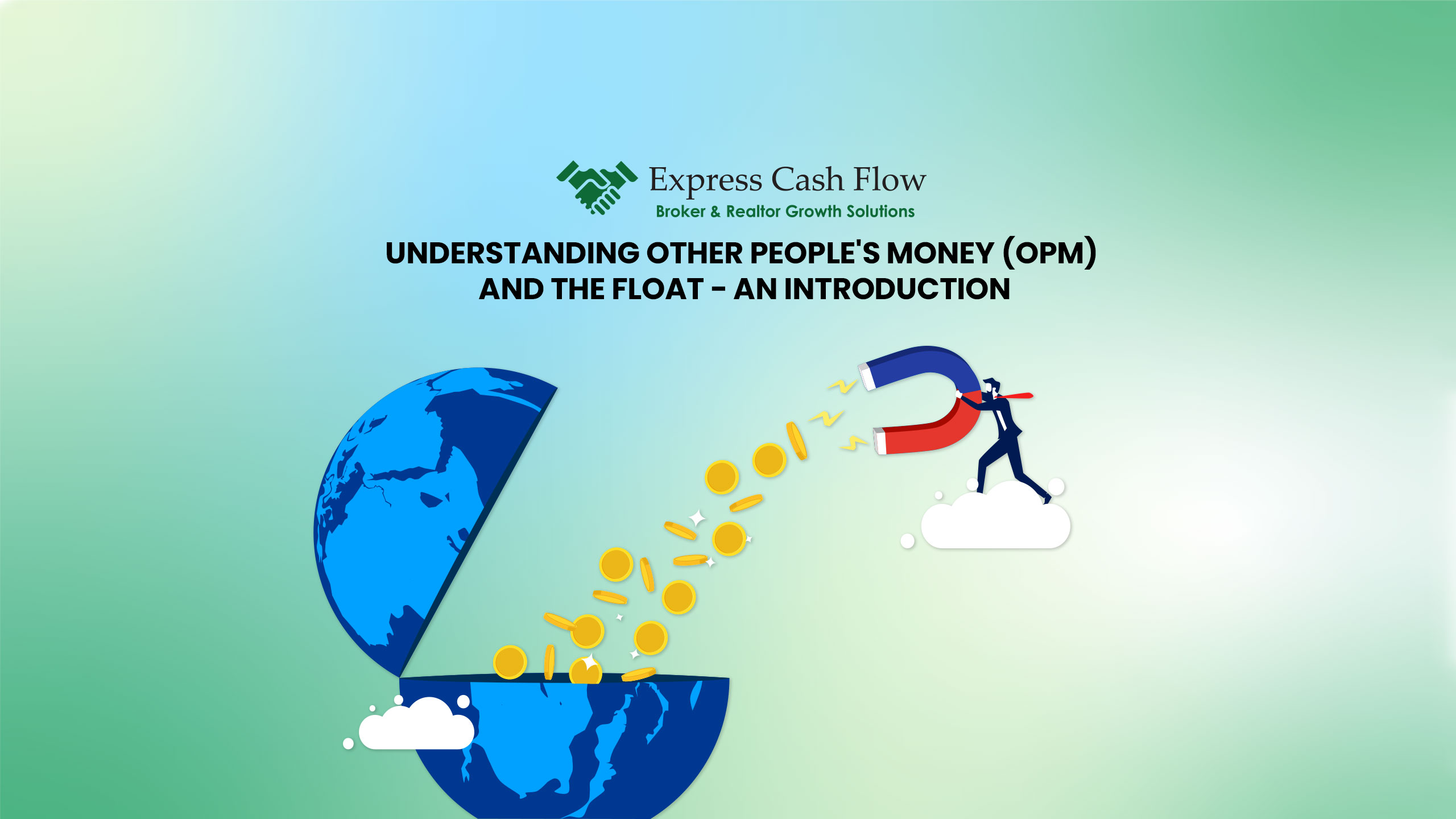Using Other People’s Money (OPM) wisely is a strategic approach in business that involves leveraging external funding to finance growth, development, and expansion projects. This method allows businesses to undertake more significant or more ambitious projects than they could with their own resources alone. Here, we’ll delve into how to identify opportunities to use OPM effectively, explore various sources of OPM, and examine real-world case studies of businesses that have successfully leveraged OPM.
Identifying Opportunities for Using OPM
To effectively utilize OPM, it’s crucial to identify opportunities where this approach can maximize returns while managing risks. Here are guidelines to spot such opportunities:
- High ROI Projects: Look for projects with a high potential return on investment (ROI) that significantly exceeds the cost of capital. OPM is best used when the returns are predictable and justify the interest or equity given away.
- Expansion Initiatives: Whether entering new markets or increasing production capacity, expansion often requires significant capital. OPM can provide the necessary resources without depleting your reserves.
- Innovative Product Development: Developing new products can be capital-intensive. Using OPM for such projects can help mitigate financial risks while pursuing innovation.
- Leveraging Business Cycles: In industries with predictable business cycles, OPM can be used to scale operations up during peak demand periods without permanently committing your capital.
- Strategic Acquisitions: Acquiring competitors or complementary businesses can be an excellent way to grow. OPM can finance these acquisitions, allowing for strategic expansion.
Sources of OPM
OPM can come from various sources, each with its advantages and considerations. Here’s a comprehensive list:
- Loans: Traditional bank loans, lines of credit, and specialized financing (like equipment financing) are common sources. They require repayment with interest but allow you to retain full ownership of your business.
- Investors: Angel investors and venture capitalists offer capital in exchange for equity. This option is suitable for high-growth potential businesses willing to share ownership and profits.
- Crowdfunding: Platforms like Kickstarter and Indiegogo allow businesses to raise funds from a large number of people, typically in exchange for early access to products or other rewards.
- Government Grants and Subsidies: Some government programs provide funds to businesses in specific industries or for specific purposes, like innovation or exporting.
- Partnerships: Strategic partnerships with other businesses can provide capital and other resources. In exchange, partners may seek a share of profits or a say in business operations.
Case Studies of Successful OPM Use
Tesla Motors: Tesla Motors’ use of government loans is a notable example of leveraging OPM for growth. In 2010, Tesla secured a $465 million loan from the U.S. Department of Energy’s Advanced Technology Vehicles Manufacturing program. This loan was crucial for financing the development of the Model S sedan. Tesla’s ability to repay this loan nine years early, in 2013, underscored the successful use of OPM to accelerate product development and company growth.
Pebble Technology: Pebble Technology, the company behind the Pebble smartwatch, showcased the power of crowdfunding as a source of OPM. In 2012, Pebble raised over $10 million on Kickstarter, significantly exceeding its initial $100,000 goal. This funding allowed Pebble to launch its product without traditional investor funding, demonstrating crowdfunding’s potential to kickstart innovative projects.
Airbnb: Airbnb provides an example of using investor funding to scale a business rapidly. Starting with seed funding from Y Combinator in 2009, Airbnb has raised multiple rounds of funding from investors. This influx of OPM has fueled its global expansion, transforming it from a small startup to a dominant player in the hospitality industry.
Conclusion
Using OPM wisely requires a strategic approach, focusing on opportunities with high growth potential, leveraging various funding sources, and learning from successful examples. By identifying the right opportunities, understanding the sources of OPM, and studying real-world case studies, businesses can effectively utilize OPM to fuel growth, innovation, and expansion. The key is to balance the pursuit of ambitious goals with the prudent management of financial risks associated with using other people’s money.


